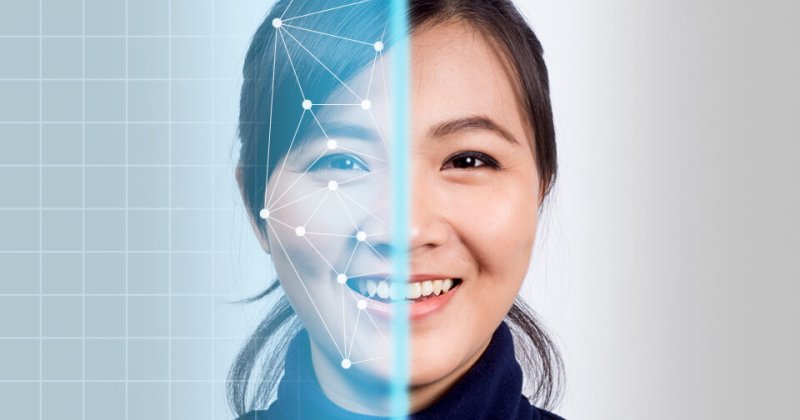Brain-imaging studies have revealed that several blueberry-size regions in the temporal lobe—the area under the temple—specialize in responding to faces. Neuroscientists call these areas “face patches.” But neither brain scans nor clinical studies of patients with implanted electrodes explained exactly how the cells in these patches work.
Now, using a combination of brain imaging and single-neuron recording in macaques, biologist Doris Tsao and her colleagues at the California Institute of Technology appear to have finally cracked the neural code for primate face recognition. The researchers found the firing rate of each face patch cell corresponds to a separate facial feature. Like a set of dials, the cells can be fine-tuned to respond to bits of information, which they can then combine in various ways to create an image of every face the animal encounters. “This was mind-blowing,” Tsao says. “The values of each dial are so predictable that we can re-create the face that a monkey sees by simply tracking the electrical activity of its face cells.”
…
The findings, which were published recently in Cell, provide scientists with a comprehensive, systematic model for how the brain perceives faces. This human cerebral machinery is very similar to that of monkeys.
…
Understanding the brain’s facial code could help scientists study how face cells incorporate other identifying information, such as sex, age, race, emotional cues and names.
Read full, original post: How We Save Face—Researchers Crack the Brain’s Facial-Recognition Code































